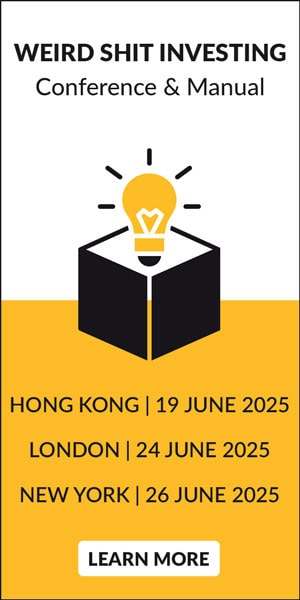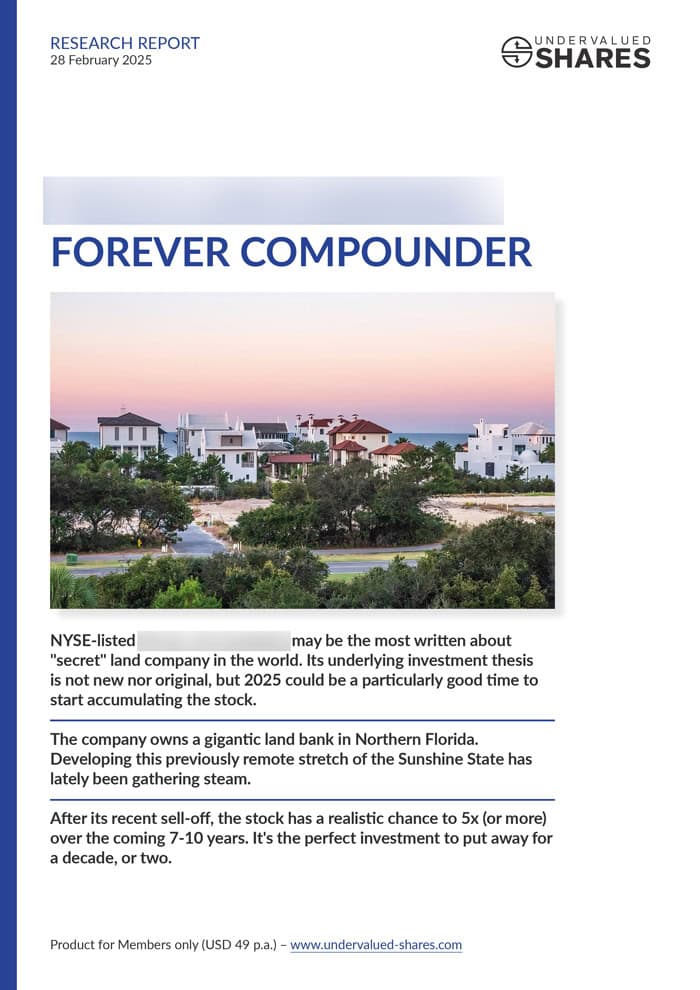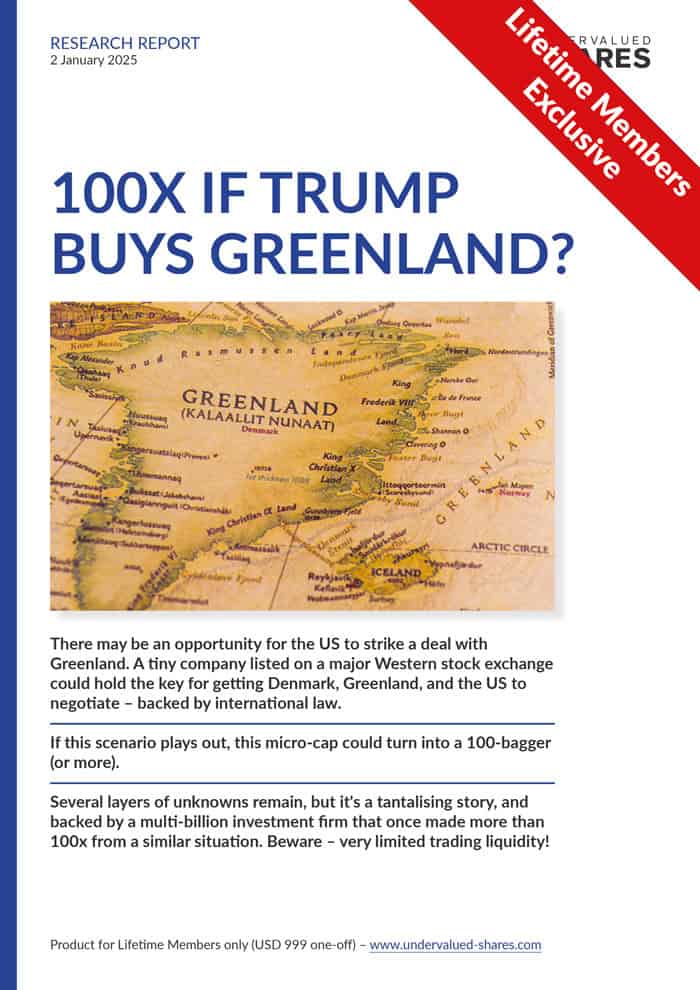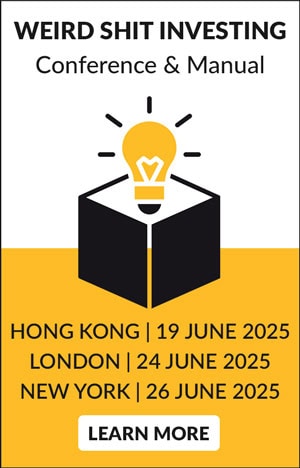There is a particular danger that private investors fall for again and again.
It is the danger of well-known companies with trustworthy brand names asking them to fund plans that – if you looked at them without a strong brand name in the mix – would normally not get funding.
Time Out plc, the publisher of the eponymous, guide-style magazine for city-dwellers and travelers, is at risk of turning into the latest case study for this.
The company went public on London’s Alternative Investment Market at 150 pence per share in June 2016. Currently, it’s trading at 71 pence. That’s a steep loss during a period of generally buoyant markets. Even the FTSE 100, which has been lackluster throughout this period, has risen 14% since then.
What happened, and what should you learn from this example?
Efforts to reinvent the company
First off, credit where credit is due.
At the beginning of this decade, the then-owner of Time Out Magazine, Tony Elliott, recognized that its business model based on subscriptions, kiosk sales and advertising wasn’t going to keep it afloat much longer. He found a partner to lean on and sold the majority of the company.
The new co-owners, a British private equity firm, took a momentous, disruptive decision that must have taken some brave executives and board members to agree to.
In 2012, Time Out scrapped its subscription model and decided to make its weekly magazine a free publication. Ever since you have been able to pick it up in its home market – i.e., London – for free at tube stations every Tuesday (as well as numerous other outlets, such as coffee shops, etc., during the week). The second big market for Time Out, New York, followed suit with a free magazine in 2015.
Wiping out your entire subscription income from one day to the next was only ever going to be worth it if one of two options were the case:
- Recognizing that the entire magazine model was going to the dogs, and the company scrapping it while it was still in a position to do so in a managed way; instead of waiting for the bankruptcy administrator to come in eventually and pull the plug.
- Setting off to new shores altogether, i.e., using the magazine market crisis as an opportunity to totally reinvent yourself. Short-term pain would then lead to long-term gain.
Time Out plc chose the latter - disruption and bold new plans. In principle, that always gets a hearty salute from my end.
Sadly, the new plans were never likely to work out.
Which is what investors have recently started to realize. At least, that’s what I read from the share’s particularly poor performance during the past 12 months.
Entering an over-saturated, thin-margin market
One of the company's key new ideas was to open food halls in major cities around the world.
Since it had been successful publishing guidebooks and guide-style magazines to direct locals and travelers to a city’s restaurants, bars, and attractions, why not simply switch to operating these restaurants, bars, and attractions yourself?
That would make sense, wouldn’t it?
Only, it doesn’t.

Time Out market in Lisbon
It’s like saying that because you have stayed in hotels many times or eaten in restaurants many times, you know how to manage a hotel or a restaurant yourself and make a profit off it.
As many hobby hoteliers and restaurateurs discovered after buying into such a pet project, there are already others (with more experience) operating in the same space. In big cities, in particular, restaurants and bars are a sector permanently plagued by sky-high rents and fast-moving consumer preferences. This is not a business sector that was waiting for a newcomer to show everyone else how it’s done.
Time Out’s investors have been finding out about this the hard way.
Though it’s also difficult to say for sure because the company’s figures are pretty opaque and writing about this leaves me open to criticism that I got this all wrong. The company is quite good at spinning its reporting in such a way that on the surface of it, it does look like an overall success.
If they don’t show off the profits, chances are they just don't exist
In 2014, Time Out plc opened its first Time Out Market in Lisbon. This became both the flagship of the company’s Market division and the financial guinea pig for future Markets.
As it happens, I have even been there myself. It was heaving with people. The visitor numbers are what the company’s publications like to focus on. With 3.1m visitors in 2017, Time Out Market is now Lisbon’s most visited site.
Hats off!
However, warm bodies through the door don’t equal a successful business.
As I always say: “What about the actual earnings?”
I spent an hour trying to read up on the real, unadulterated financial performance of the company’s first such Market. Not the kind of “Profits before certain expenses” BS-figures that creative accountants like to bandy about (often enough with fire-cover from auditors, analysts, and other special interest groups). I want to know the real, actual amount of money that is left after everything is wholly and honestly accounted for.
Time Out publishes some figures that indicate that the worst bleeding of cash has stopped at the Lisbon Market, thanks to the success in attracting visitors. But I didn’t find any clear figures showing how much money was left over at the end of the year once that honest, complete accounting of the entire operation’s expenses was done.
Chances are, it’s no coincidence that this question isn’t being answered. When hard questions are not being answered, it’s usually because one wants to avoid inconvenient truths.
Will scale and different revenue models come to the rescue?
In the meantime, Time Out has announced that it will expand through the opening of further Markets. Miami, New York, Boston, Chicago, Montreal, London-Waterloo and Prague are on the cards.
Admittedly, some of them will include different revenue models, which could yet alter the equation somewhat. E.g., Time Out has already shown an ability to partner with real estate firms and operate someone else’s property without a capital investment and purely based on branding as well as a management agreement.
Still, the market doesn’t seem to be convinced. The share is trading as low as it’s ever been despite all the announcements of future expansion. Instead of taking off because its Market model is now spreading its wings globally, it has tanked.
The heavy bleeding of cash in its digital division doesn’t help, either. Switching the London and New York publications to free and focusing heavily on the successful global platform on the web, was, without doubt, the right decision. But for some reason, the numbers don’t stack up.
Despite very impressive user numbers and a truly global reach, Time Out Digital has been losing money by the millions. Either costs are just too high because an old-style management has not yet realized how to run a digital media firm on the cheap (which is what I suspect – the same story as Buzzfeed, Vice, HuffPost, etc.), or Time Out simply isn’t competitive enough when it comes to attracting a bigger audience and monetizing it.
Probably a combination of both.
It’s now been eight years since the company’s new investors have bought in; seven years since the magazine model was transformed, and five years since the first Time Out Market was launched. The private equity investor, as well as the investors who bought into the IPO, have invested double-digit millions and they have been patient.
But it just doesn’t seem to be there. Successful visitor number growth is excellent but what good is it if even record visitor numbers don’t lead to a profit?
At least for now, the broad market has started to become skeptical about the story. Once a newly IPO’ed company’s share has lost more than half its value during an otherwise perfectly fine period on the stock market, it’ll take double and triple the persuasion to get investors’ confidence rebuilt.
Is anyone surprised?
It’s difficult to argue based on theoretical developments, but imagine the company had aimed to attempt all this without its well-known brand name.
Would anyone have given them money on the back of the following plan?
- We’ll enter a market that’s already over-saturated.
- We’ll do this in some of the world’s most competitive locations.
- We’ll manage all this across multiple time-zones, jurisdictions, and cultures.
That’s what Time Out pitched.
Magically, they got away with it. Or maybe it wasn’t magic. It was, yet again, the power of a brand name leading investors over a cliff. As they often do. Obviously, it did play a role that a significant private equity firm was backing this plan as lead investor.
It reminds me of a not too dissimilar case that unfolded in the 1990s when Planet Hollywood Inc. went public. Backed by the names of various Hollywood celebrities, the company attempted to build a global chain of restaurants. After going public at $18 in April 1996, it took Planet Hollywood shares little over three years to drop to $1. Bankruptcy followed, and investors lost everything because the new bail-out investors diluted their holdings into oblivion.
Brands and celebrities are a dangerous thing. Alluring, often valuable and powerful, but also with a risk to blind peoples’ judgment and lead them to pay silly prices for questionable plans.
Long live the free magazine – subsidized by suffering shareholders
I still pick up Time Out whenever I am in London, and I regularly use their website when traveling. As to the product – a big thumbs up.
What’s more, it’s FOR FREE.
From a reader's point of view, that’s amazing.
The company's shareholders, though, might by now turn their eyes away whenever they see the latest issue of the magazine.
Much as this is an abridged review of the company, I see a few glaring holes in Time Out’s investment case.
I hazard a bet that shareholders are in for yet more pain.
Did you find this article useful and enjoyable? If you want to read my next articles right when they come out, please sign up to my email list.
Share this post:
Wait…! There is more to Undervalued-Shares.com than my free Weekly Dispatches.
Become a Member (just $49 a year!) and unlock:
- 10 extensive research reports per year
- Updates on previous research reports
- 2 special publications per year
P.S.: I just released my latest in-depth report about what I consider to be the best equity opportunity in Germany - Porsche SE! Available for Members only so sign up now to get immediate access.








